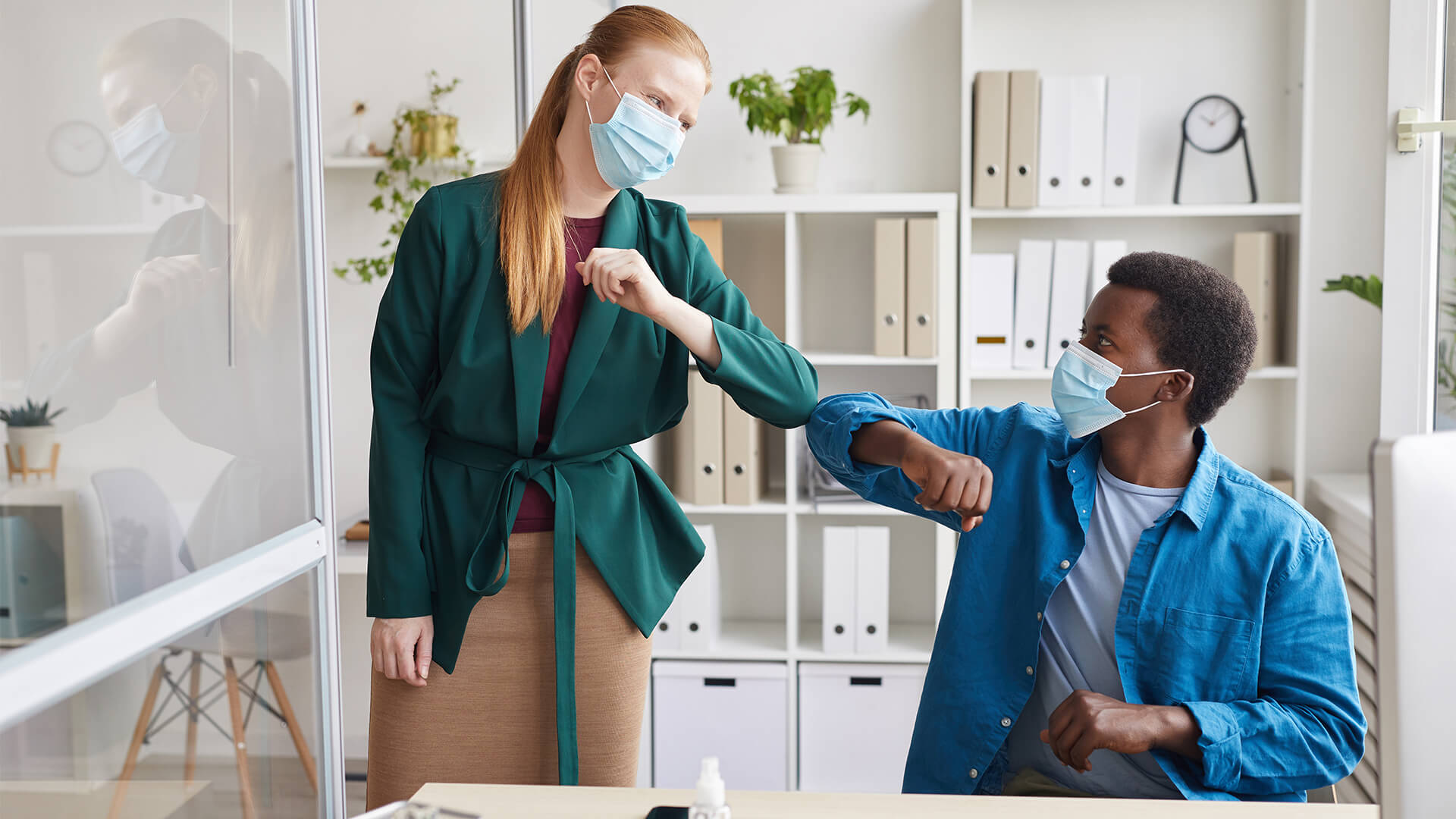How to Protect Your Business, Employees and Customers
While entrepreneurs may see health and safety provisions as an unnecessary and costly consideration, safeguarding employees and customers in your workplace can actually save your business huge amounts of money over time.
For example, some 1.7 million people are currently suffering from a work-related illness, of which 822,000 employees are experiencing symptoms like stress, depression, or anxiety. This drives huge levels of absenteeism and potential compensation pay-outs, so taking steps to negate these costs is incredibly important.
But what are the most common workplace injuries and illnesses, and what steps can you take to protect key stakeholders within your business?
A Look at the Biggest Workplace Ailments
As we’ve already touched on, nearly half of all workplace illness and injury instances pertain to mental health, including ailments such as anxiety, stress, and depression.
From a physical perspective, injury types tend to vary depending on industry, but some instances stand out as more prominent than others.
For example, construction and industrial workers are more likely to suffer from falls and serious injuries in the workplace, while such individuals are usually exposed to harmful chemicals like dust, pleural plaque and, less commonly in 2022, asbestos.
Across the board, so-called “slips and falls” at work are responsible for more than one-third of all reported major injuries, while accounting for 20% of employee absences that lasted for three days or more.
In office-based settings, musculoskeletal issues and repetitive strain injuries are also on the rise, with issues often arising as a result from poor posture and non-ergonomic desk layouts.
Of course, such injuries can also occur in any workplace, but it’s fair to surmise that they’re most common in commercial offices or remote work settings.
How to Safeguard Employees and Other Stakeholders
The question that remains, of course, is how can entrepreneurs take proactive steps to help safeguard their employees, customers and long-term business reputation? Here are some idea to keep in mind:
1. Provide Mental Health Resources to Employees
During the pandemic, it’s thought that one-in-four healthcare workers sought mental support. This highlights how prevalent mental health issues can be in any workplace during challenging times, and it’s important to adopt a proactive approach that recognises potential symptoms and provides actionable resources to help stakeholders. Promoting mental health issues and charities throughout the firm can also enhance the company’s reputation and translate into better customer loyalty.
2. Do Risk-Assessment and Provide More Ergonomic Layouts
In the case of less serious by prominent cases such as repetitive strain injuries, you can adopt a similarly proactive approach and minimise risk simply by undertaking risk assessments and creating ergonomic desk layouts that optimise posture. Given that this is one of most common triggers for personal injury claims, solving the issue can potentially save the business thousands of pounds in the future.
3. Ensure That Employees Have the Right PPE
When dealing slips and falls and heavy-duty injuries in industrial settings, effective risk management and the use of PPE (personal protective equipment) is key. Certainly, appropriate footwear can protect against tripping hazards and slips, while the use of high-visibility jackets also minimise the risk of collisions and accidents in warehouse or factory settings.

Stay updated with our latest publications.
Discover Issues
See how we can help you grow in the online space!
Advertise With Us
We can help promote your business.
Find Out More




